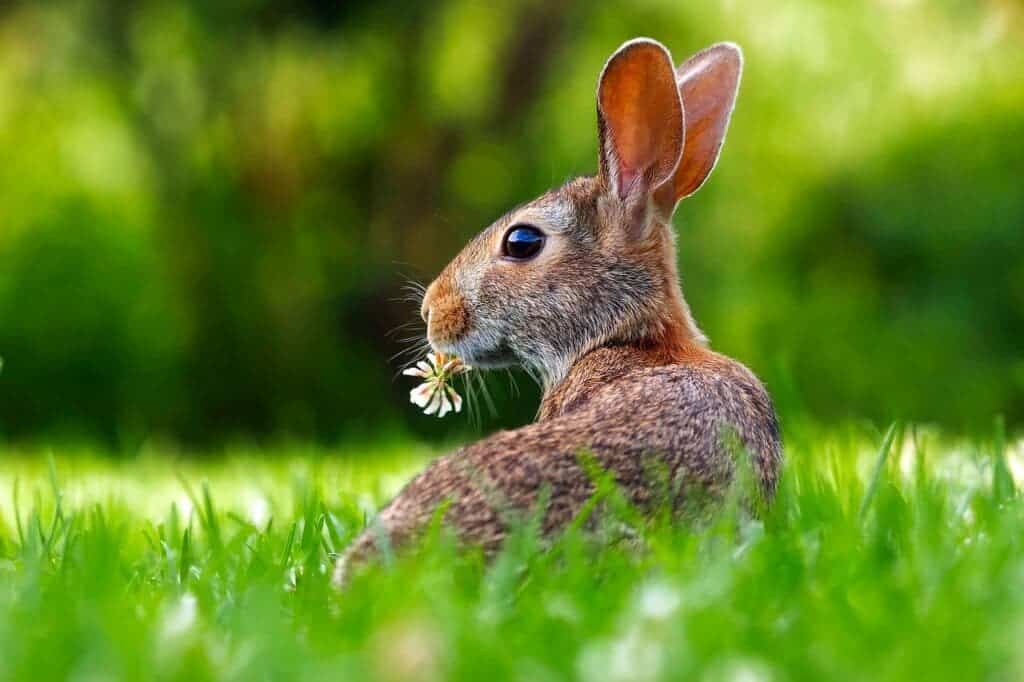It’s a bright, colorful world here on the blue planet — but can all animals enjoy it the same? Research at the University of Arkansas (UoA) says: ‘it depends’.

A study at the UoA gives us fresh insight into how different animals across the Earth see the world around them. The team gathered vision data from hundreds of species of both vertebrates and invertebrates to determine the particularities of their sight, including which colors they can perceive.
Generally speaking, the team reports, animals that have adapted to life on dry land can see a broader range of colors than water-dwelling animals. At the same time, those land species that adapted to open habitats perceive a wider color palette than their forest-dwelling peers.
Full-color
“Scientists have long hypothesized that animal vision has evolved to match the colors of light present in their environments,” says UoA assistant professor of biological sciences Erica Westerman. “But this hypothesis is difficult to prove, and there is still so much we don’t know about animal vision. Gathering data for hundreds of species of animals living in a wide range of habitats is a monumental task, especially when considering that invertebrates and vertebrates use different kinds of cells in their eyes to turn light energy into neuronal responses.”
The particular evolutionary history of different species has a significant influence on which colors they can perceive. In particular, belonging to the invertebrate (animals without spines) or vertebrate (animals with spines) family has a huge impact on this; invertebrates tend to see in shorter wavelengths of light compared to vertebrates. This is one of the key findings of the new study which examines how environmental conditions, evolution, and the genetic makeup of different animals factor into what colors they can see.
The colors an animal can perceive depends in large part, understandably, on the wavelengths and intensity of light available in their environment. A family of proteins known as opsins in retinal cells dictates the range of colors that a particular eye can perceive, which ranges from ultraviolet to far-red light; both the quantity and the wavelength interval that these proteins are sensitive to matter in this regard.
However, the team explains, vertebrates and invertebrates use different opsins in their retinae, and it was not known whether this influenced how these two groups adapt to the light in their environments.
In order to find out, the team collected vision data from 446 species of animals from four phyla. One of these phyla contains vertebrates, while the other three are populated exclusively with invertebrates.
The results show that, while animals do adapt to their environments to a certain extent, they are limited in their ability to do so by physiological constraints. Although vertebrates and invertebrates use the same cell types to see, they structure these cells differently. These variations — biologists call ciliary opsins in vertebrates and rhabdomeric opsins in invertebrates — are likely why invertebrates are better at seeing short wavelengths of light.
It is possible that these differences in structures were owed to random genetic mutations that occurred in vertebrates rather than invertebrates, which limited the range of light they can perceive. In other words, it may not be a case of invertebrates developing a wider range of vision, as much as it is of vertebrates losing part of theirs during their evolutionary history.
Our study answers some important questions,” Murphy said, “but it also generates more questions that could help us understand animal vision even better. We can do more to assess differences in the structure of the vertebrate and invertebrate retinae, or how their brains handle visual information differently. These are exciting questions.”
The paper “Evolutionary history limits species’ ability to match colour sensitivity to available habitat light” has been published in the journal Proceedings of the Royal Society B.









